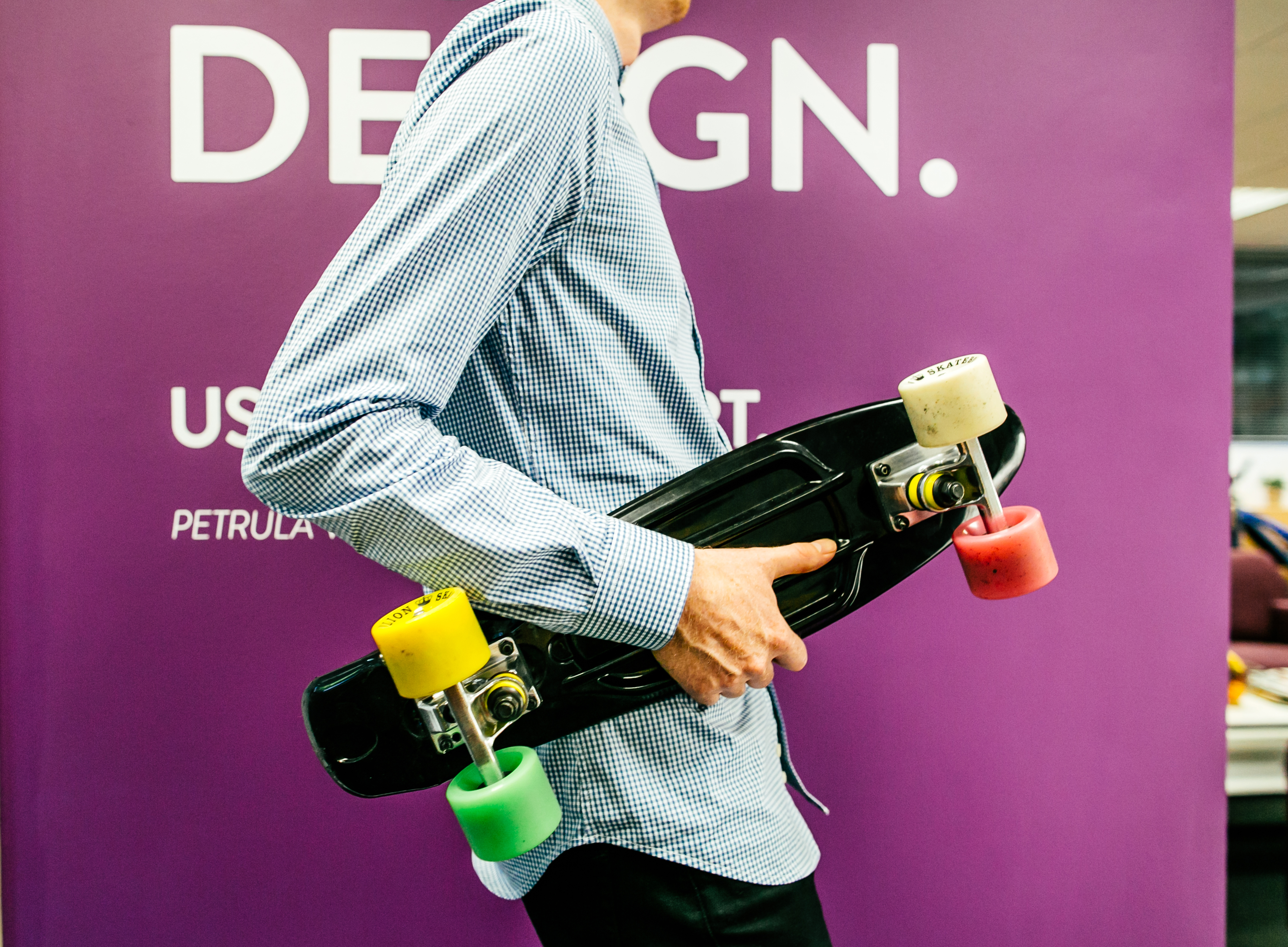You don’t have to be a big company to make a big impact on product. CLD is a digital agency of 15 people, made up of web developers, UX designers and digital marketers. The business is led by founder Steve Boyce alongside Digital Marketing Director Gareth Cartman and Creative Director Rob Tobias. Their close-knit team spoke to us about their passion for a streamlined and tailored design experience for each of their clients.
"You don’t have to be a big company to make a big impact on product."
From Information Architecture to Web Development and Digital Marketing, CLD is a key partner to companies such as IBM and Microsoft Partners as well as major international corporations such as Johnson & Johnson. Major clients like this can take time to nurture, but result in interesting projects like building websites for Johnson & Johnson’s Animas, who manufacture insulin pumps for people with type 1 diabetes.
So, what is it like working with an agency to design and build apps and websites for these companies? We went to visit their fantastic design team and their giant office dog, to find out more about CLD. Joined by their Creative Director, Rob Tobias, Senior UX Designer, Tom Law and Junior Designer, James Pearce-Kelly, we covered how they approach design as a team and how they use Marvel to accelerate that process.
The design team work closely and collaboratively across a range of clients. For each new project, one or two of the team will be involved in the initial product meetings to get a feel for what the client wants. Following that, they appropriate who will work on what but also brainstorm together on the initial style and collaborate on the UX aspect.
"You don’t want people to have to relearn how to use a product – it should be instinctive.”
From the outset, they keep the development team involved, which Rob explains is key to ensuring they’re not designing something that cannot be built.
After being at CLD for five years, Rob tells us that back in the day prototyping was done the old fashioned way, using creative designs in Photoshop and static images to demonstrate how a product was going to be used by clients. Believing in better and following a developer’s suggestion, the team adopted Marvel into their everyday work. Fast forward a year and a half and Marvel is used for nearly every CLD project and is a significant part of their design process.
As well as using Marvel to keep the business involved and up to date with prototype statuses, the team regularly present prototypes to stakeholders.
“We sometimes have to educate our clients as to what a prototype is”, Rob explains. “Once they understand that it isn’t a fully built functional thing, you can show user flow via hotspots and transitions and demonstrate things like a ‘sticky’ menu – which may have not been understood if described in earlier methods. It’s much easier to run through a complex journey with an interactive prototype.”
Tom who is currently working on an e-pharmacy project, essentially an e-commerce website for a leading skincare company, explains that making fully fledged prototypes for their clients which are collaborative and shareable is vital.
Some of CLD’s clients are overseas, which means they can’t always come in for demo meetings, so the process is made simple by using Skype to call in, share their screen holding the Marvel prototype and talking them through the demo.
“Not only has our business grown in numbers but there’s been a lot of advances in software as well. We’re the masters of what we’re doing and the simplicity of Marvel streamlines the workload.”
"Creativity is born of not necessarily having everything in place."
The team have a great dynamic between them; relaxed, respectful and fun. When discussing their favourite element of their roles at CLD, working with each other comes to the forefront. Both Rob and Tom state that seeing James grow as a designer in his first role is a real highlight, recognising and appreciating the different perspective he brings to the team. As a whole, the team has previously worked for FTSE 100 companies, agencies, in-house and also spent time as freelance designers. This broad experience and arrival at CLD from different walks of life really benefits the team in terms of perspective and approach.
Staying inspired and on top of industry trends is approached differently by each of the team. James is “glued to his phone”, finding inspiration looking at what other talent has produced and being drawn to use his skills to remix it. Dribbble and the chrome extension Panda 5 drop into conversation as key channels.
Tom, tries to not let trends cloud his focus on user experience, “It’s a balancing act between aesthetics and functionality but it’s imperative we don’t forget our obligations to end users and stakeholders”.
Then there’s Rob who tries to take inspiration from anything and everything, even the smallest aspects of our surroundings, stating that these can bring ideas to you from out of the blue.
“Creativity is born of not necessarily having everything in place, so you have to think up your own solutions to certain problems. This can be a challenge but you end up with something more unique. However, unique isn’t always better when it comes to UX. You don’t want people to have to relearn how to use a product – it should be instinctive.”
None of them proclaims that their way is the best way. Neither do they knock one another’s methods of inspiration, appreciating everyone has a different process of what helps them produce quality work. Staying collaborative on all projects means that each one has their individual styles and approaches entwined, making each project more appropriate for a wider demographic of end user.



